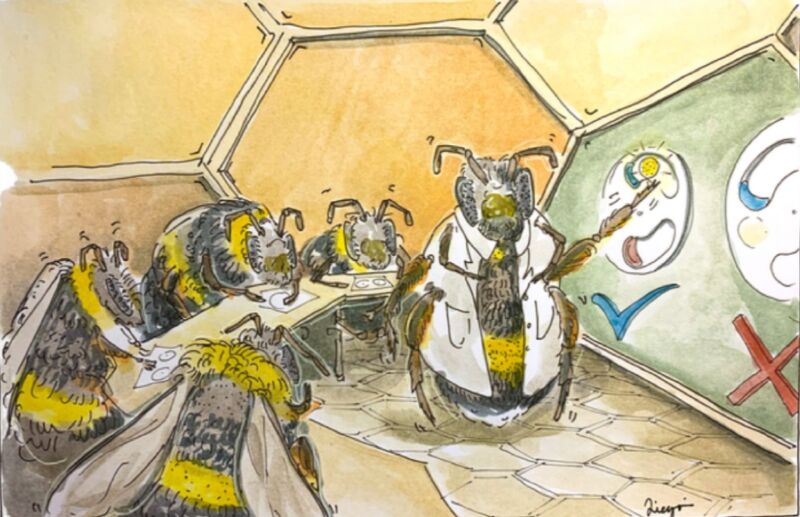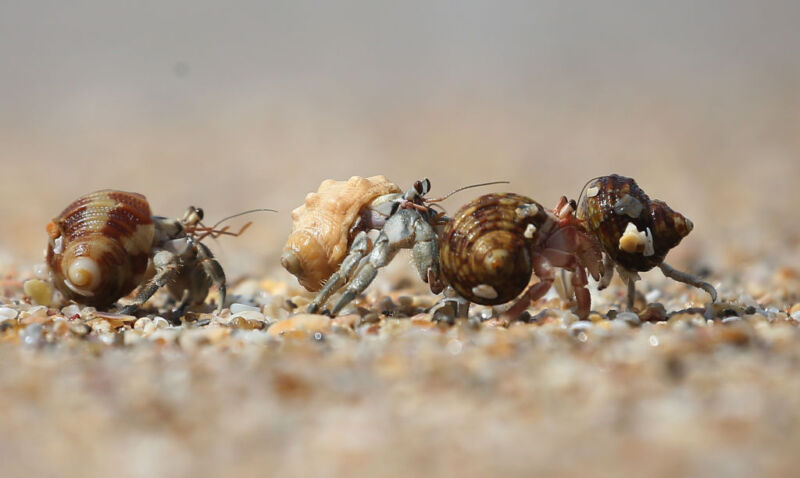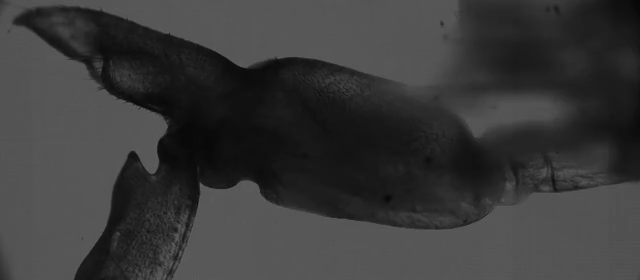
Enlarge
/
"That's not my arm": Male serotine bats have such large penises, they can use them as an arm while mating. (credit: Alona Shulenko)
Little is known about the mating habits of the
serotine bat
(
Eptesicus serotinus
), but the males of the species boast unusually large penises—much larger than the vaginas of the females. The purpose of such an enormous organ has long baffled scientists. But a
recent paper
published in the journal Current Biology revealed that the males of this bat species use their gigantic members not for penetrating females while mating, but as an arm to push the female's tail sheath aside, thereby improving the odds of successful insemination.
Eurasian serotine bats can be recognized by their long smoky-brown fur (with pale yellow-brown underbelly), large triangular ears, and distinctive flight pattern: bouts of flapping interspersed with brief glides. They typically roost in older buildings like churches that have high gables and cavity walls, or abandoned mines. The male bats are largely solitary until fall mating season arrives, when they seek out females. Females set up maternity colonies around late May in Europe and remain there throughout the breeding season, usually giving birth to a single offspring (pup) in late summer.
Female bats have unusually long cervixes, the better to store sperm. The males have penises that are seven times longer than the females' vaginas, with a heart-shaped head seven times wider than the vaginal opening. “By chance, we had observed that these bats have disproportionately long penises, and we were always wondering, ‘How does that work?’”
said co-author Nicolas Fasel
of the University of Lausanne. “We thought maybe it's like in the dog where the penis engorges after penetration so that they are locked together, or alternatively maybe they just couldn't put it inside, but that type of copulation hasn’t been reported in mammals until now.”
chevron_right






